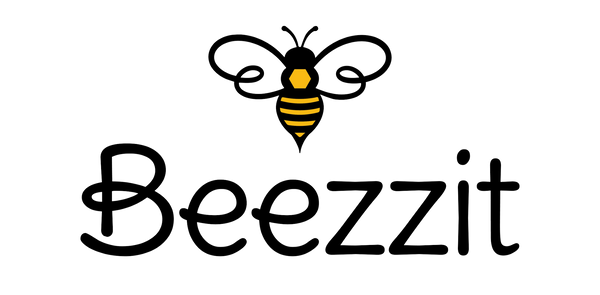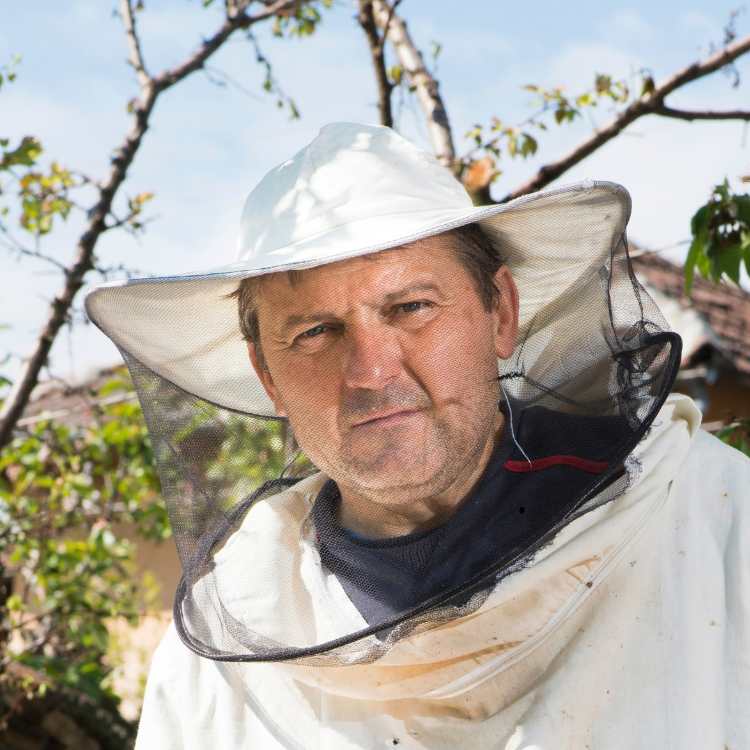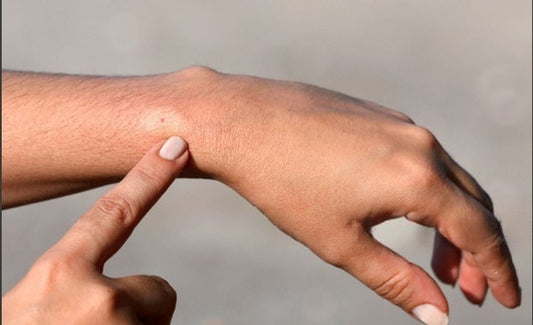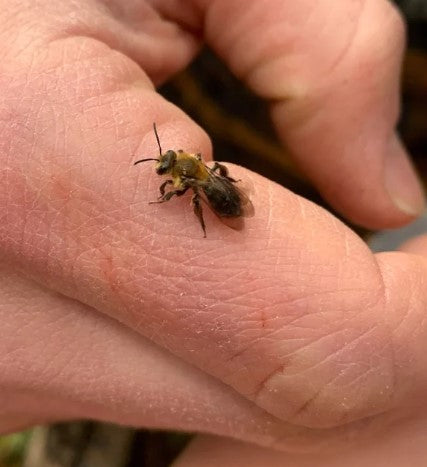I often get asked, “Which is the best time to start a bee hive?” this question as an ardent beekeeper and conservationist who knows that perfect timing guarantees hive success. This was why I decided to write this article, in which I have striven to give a detailed answer that will touch on optimal times and conditions for starting a bee hive in various parts of America. The guide includes all you need to know regarding when it is the best time to start a bee hive considering differences within regions as well as seasonal factors. Whether you are just beginning or looking forward to expanding your apiary, this guide will be helpful in making informed choices.

Beekeepers happily working with their hives in spring.
Peak Blooming
With the onset of spring flowers burst into bloom supplying bees with plenty of nectar and pollen. Think about bees swarming around cherry blossoms and lilacs collecting food.
Recovery Time
Starting in spring gives bees enough time for their colony build-up before winter arrives with its cold season. Ideally, choose any date between March and May when temperatures consistently stay above 10 degrees Celsius (50°F).
Natural Swarming
In early springtime, natural swarming takes place in colonies of bees as they divide themselves into two groups leading formation of new colonies hence a chance of getting healthy swarm easily during this period.
Timing Across Different US Regions
America has different climates hence varying periods when it will be good to begin your own hive. The knowledge concerning regional variations can inform you on when it is appropriate to set up your hive. Let's explore the best times for different parts of the country. Thus, wherever you are situated, it can give your bees the best probability of thriving.
Northeast (New York, Pennsylvania, New Jersey)
In north-eastern states anywhere from late April to early May is a good time to start hives if there is a pattern of reliably warm weather. Dandelions and fruit trees begin blooming, providing ample food sources.
Midwest (Illinois, Ohio, Michigan)
This region is also similar where one should launch his or her hive in late April or beginning of May. Wild flowers are coming up while crops provide them with enough feeds.
South (Georgia, Florida, Texas)
You can start here in February or March due to the warmer climate which allows for earlier blooming and more consistent nectar flows throughout the spring and summer each year.
West Coast (California, Oregon, Washington)
The West Coast has its own timing; In California, you should aim for late February or early March because winters are milder, unlike Oregon and Washington where one can target anything between the end of March to beginning of April.

Beekeeping at California.
What if You Miss the Spring Window?
If you fail to capture this window then summertime will do well also as a season when you can start your bee hive. The trick here is making sure that despite the heat your bees remain healthy and strong. Here’s what you have to consider in order for your summer start to be exceptional.
Additional Feeding
If there are fewer blooming plants, you may have to give your bees sugar syrup.
Watering Hole
More water is needed by bees in the hot months so make sure there is a water source in close proximity.
Protection Against Sunlight And Ventilation
In hotter areas such as the Southern States, provide generous shading and good ventilation to prevent overheating inside the beehives.
Fall And Winter Challenges For Beginners
Starting a hive in autumn or winter is for sure not the best time to start a bee hive. The tough conditions can make it hard for new colonies to establish themselves. Nevertheless, some beekeepers succeed even under such harsh conditions through careful planning. Here are some of the main obstacles you will encounter.
Restricted Food Sources
There are fewer flowers, which means bees have a harder time finding food.
Unfriendly Weather Conditions
New colonies may find the cold weather and strong winds unbearable.
Shorter Days
With less sunshine, bees will have little time to look for nectar and build their hives.

Bee hives in the winter.
Special Considerations By Region
Beekeeping in different US regions has specific perspectives on climate. This information is useful because it will help you to be ready with your hives and the bees are kept well all year round. Therefore, changing your strategy based on location can make a big difference in terms of success.
Northeast And Midwest
Snowy winters with freezing temperatures characterize this region. Ensure that you provide insulation and enough food storage for the bees.
South
Here too, there might be cold spells during winter although the temperatures are relatively mild. Be sure sudden temperature drops cannot reach inside of the hive.
West Coast
Winter here is mild; however, wet conditions can also pose some problems for beekeepers. Make sure there is a lot of air space on the sides of your hive to avoid flooding conditions from water infiltration via lateral walls when wetness levels rise/are high.
Preparing For Your New Hive Essential Tips
Proper preparation is critical before starting your beehive. From choosing where to keep it right up to getting all the necessary equipment, these steps would help set you up for successful start-up endeavors. This proper preparation can determine whether or not one’s journey into beekeeping will be successful at all.
Choosing The Right Location
Your choice of area should be well thought out while setting up a new hive. Be sure that this place gets morning sun and afternoon shade. Additionally, hives must be within 300 feet of a water source and something that can help break the wind.
Equipment Checklist
Check to see that you have everything you need before your bees arrive:
- Well-built hive
- Protective clothing (suit, gloves, veil)
- Smoker and hive tool
- Feeding supplies
Conclusion
Beginning a beehive in the spring is unquestionably the best time to start a bee hive. So many factors favor this season including heavy blooming flowers, favorable weather for building up colonies plus chances that would allow natural swarming. However, with proper planning and care, starting a hive in summer, fall or even winter can also be successful. Beekeeping demands ongoing education and auditing yourself, it is worth it as well.
If you enjoyed this article check out our blog for more tips and insights about beekeeping.





